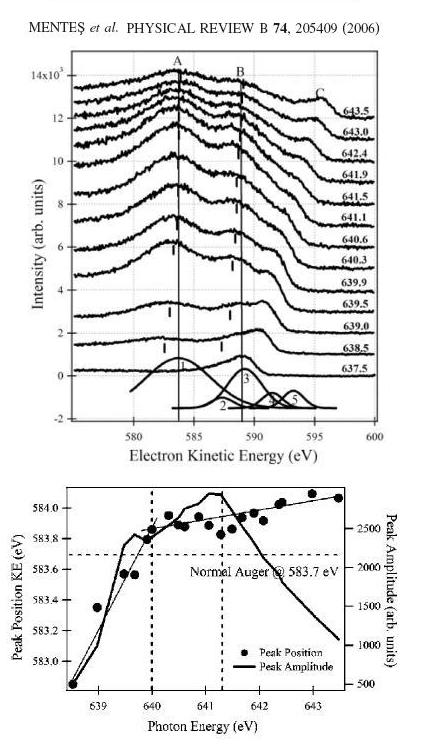
Probing dynamic processesBeyond looking at materials in their ground state, there is plenty of interest in studying how a system responds when put in an excited state [1]. Clearly the time scales and the details of the dynamics depend very much on the particular process. To give an idea, electronic excitations in solids last about a few femtoseconds (10-15 sec), whereas coherent excitations (as in plasmons) may extend to much longer times (hundreds of fs). Spins respond at times much longer than the electronic motion, and the magnetization dynamics take place from pico to nanosecond regime (actually relaxation of magnetic domains happen in stages, the most significant portion happening within a few nanoseconds, but with a continuing rearrangement of domains up to seconds and even to minutes). From the experimentalist point of view there is yet another time scale of utmost importance, which belongs to scattering processes. A usual way to study a system is by shooting particles to it and observing what comes out (for a person working at the synchrotron those particles are usually photons!). Forgetting about the interesting cases (like resonant scattering as demonstrated below), the most banal scattering of an x-ray takes place at about 10-17 seconds, which is just about the time that light travels from one side of the atom to the other. This is indeed good news as it allows to see all the phenomena we listed above. The actual techniques probing dynamics either rely on real time
or reciprocal space (energy spectroscopic) measurements. We have been
working on the latter using x-ray resonant spectroscopies as indirect but
powerful means of investigating electronic excitation dynamics in
complex oxide materials [2]. The general idea is to use the
lifetime of a core-hole (obviously when the atom is excited by an x-ray
photon) as a measuring stick for everything else that happens in the
meantime (or that doesn't have a chance to happen in the meantime!).
This "natural clock" gives an adequate time scale (~ femtosecond) for
the type of dynamics under scrutiny.
 Figure 1: Dispersion in the peak positions give information on the winner between the core-hole decay and electron hopping in the intermediate state.
Another work in progress targets the real time
information through a stroboscopic pump-and-probe measurement. This is a
common method in which one disturbs the system by a "pump" pulse, and then
follows the evolution by a "probe" pulse that comes at a certain time
after the pump. Clearly one needs to sum over many of these pump-probe
pulse pairs in order to get a statistically sufficient signal, hence the
requirements that the system i) has always the same initial state before
the pulse, and ii) always follows the same configurational path during its
relaxation back to the initial state. An interesting example of such a
system consists of magnetic patterns with strong shape anisotropy. The interest
comes from the industrial applications (like high speed memory devices, etc).
The time scales are just below a nanosecond which makes adequate pulse
generation a challenge which is still within our reach with the current
technology.
[1] In reality the problem can be formulated a bit more generally than the decay of the excited state back into the ground state. We could think of dynamics in three steps (at least in cases where they can be distinguished from one another): excitation, interactions in the excited state, and deexcitation.
[2] T. O. Menteş et.al, "Excitation dynamics in LaSrMnO3 meaured by resonant Auger electron and resonant x-ray emission spectroscopies", Phys. Rev. B 74, 205409 (2006). |
